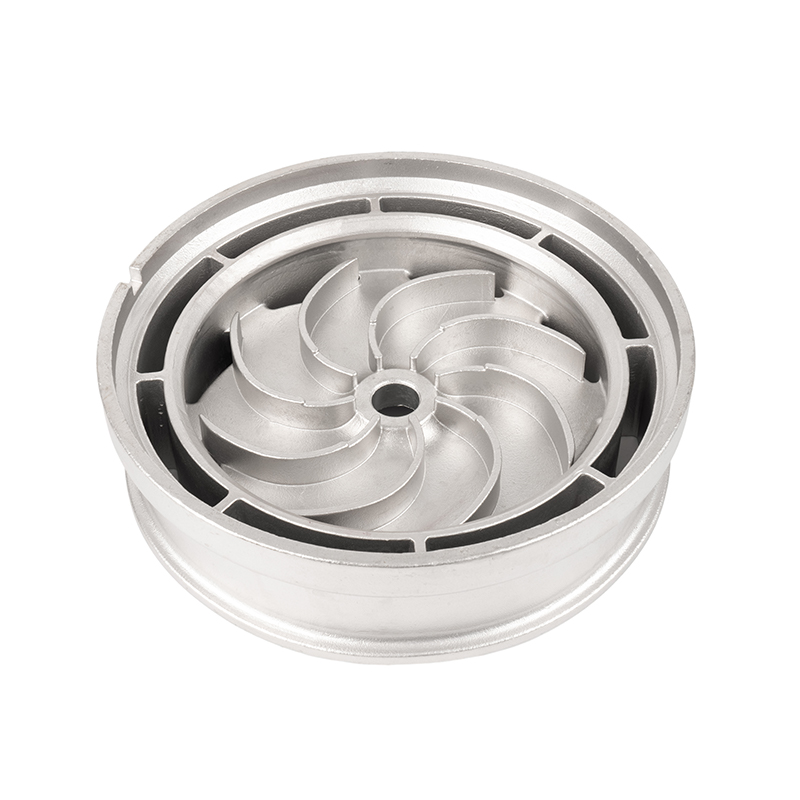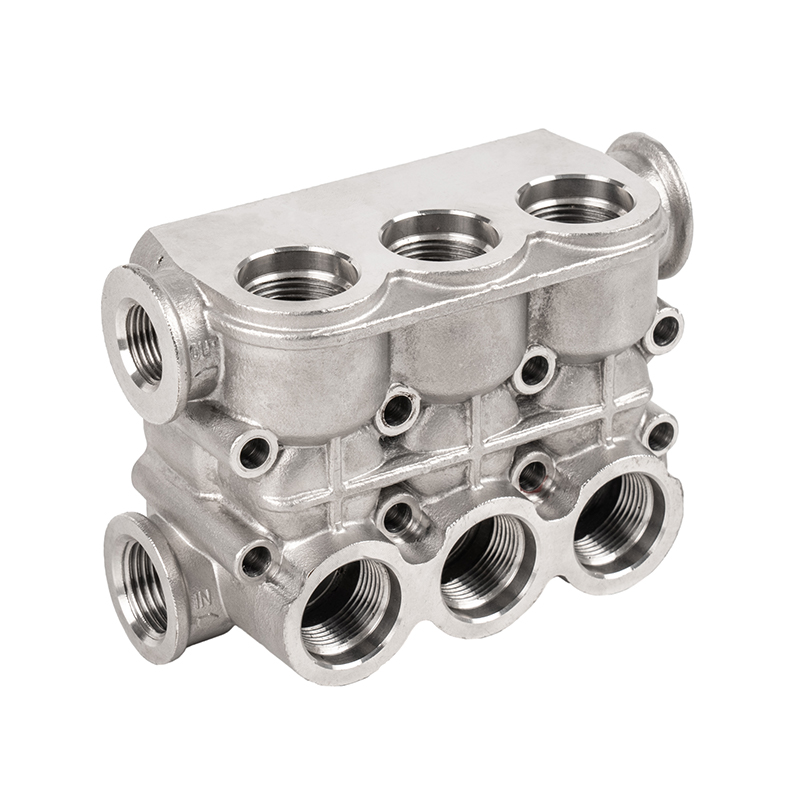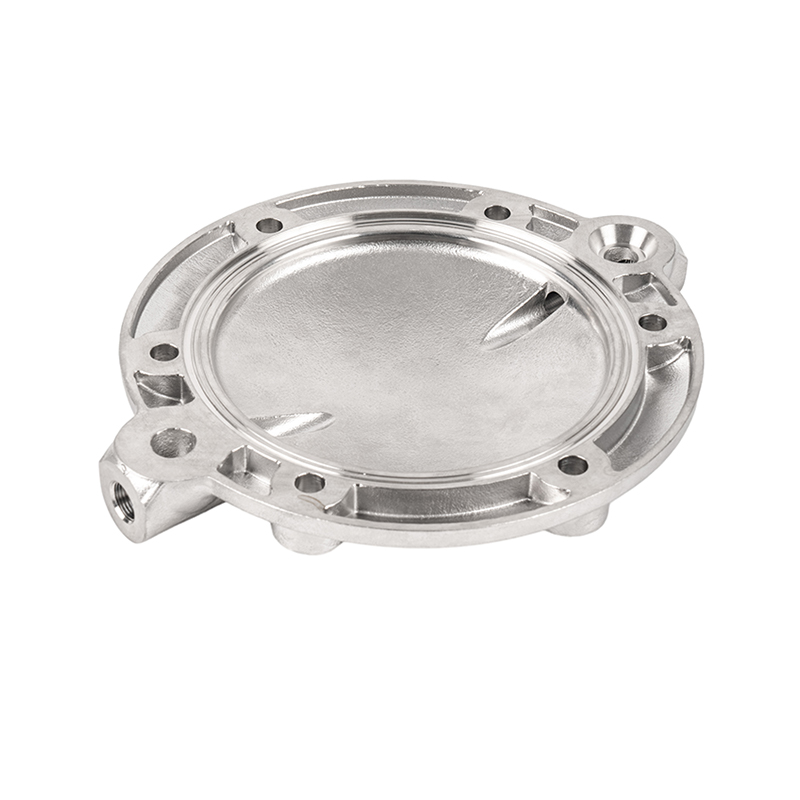Why choose low pressure casting when elbow reducer castings
Elbow reducer castings are an indispensable part of modern pipeline systems and are widely used in petroleum, chemical industry, electric power and other industries. The quality and performance of these castings are directly related to the safety and efficiency of the piping system, so selecting the appropriate casting process during the manufacturing process is crucial. With its unique advantages, low-pressure casting has become an ideal process for producing elbow reduction castings.
Low pressure casting excels in casting quality. This process effectively reduces the occurrence of defects such as pores and inclusions by injecting molten metal into the mold in a low-pressure environment. Low-pressure casting ensures that the metal is evenly distributed during the flow process, significantly reducing the chance of metal contact with air, thereby reducing the risk of oxidation and gas inclusions. This feature means that elbow reduction castings have higher strength and durability, and can operate stably at higher pressures and temperatures.
Low-pressure casting also has advantages in terms of dimensional accuracy and stability. The process is typically able to achieve tolerances of ±0.5 mm, which is critical for the production of elbow reduction castings. Castings need to fit precisely with pipes of different diameters to ensure smooth flow of fluids and overall performance of the system. In addition, low-pressure casting exhibits good dimensional stability during the cooling process, effectively reducing the deformation and shrinkage of the casting, thereby reducing the need for subsequent processing and improving production efficiency.
Low-pressure casting also performs well for complex-shaped casting needs. The design of elbow reduction castings is often complex, and traditional casting methods may have difficulty meeting these requirements. Low-pressure casting can easily handle complex geometries, including small holes and complex contours. This feature makes low-pressure casting ideal for meeting individual and customized customer needs, with the flexibility to adapt to specific design requirements.
In terms of material utilization, low-pressure casting also performs relatively high. Because the process produces less scrap during the casting process, manufacturers are able to utilize raw materials more efficiently. This not only helps reduce production costs, but also reduces environmental impact, in line with today's industrial sustainability requirements. In addition, low-pressure casting can achieve higher metal recovery rates during the casting molding process, further improving material utilization efficiency and promoting the rational allocation of resources.
Finally, low-pressure casting is suitable for a variety of metal materials, especially light metals such as aluminum alloys and magnesium alloys. This flexibility allows manufacturers to optimize the performance of elbow reduction castings by selecting the appropriate materials for different application needs. For example, in high temperature or corrosive environments, choosing stainless steel materials for low-pressure casting can effectively meet specific usage requirements.


 English
English Español
Español русский
русский 中文简体
中文简体

















